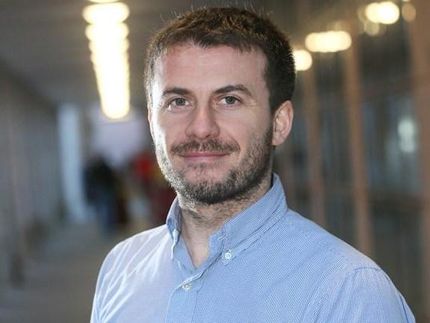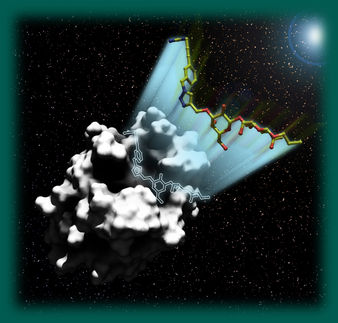Genetic finding could lead to targeted therapy for neuroblastoma
Advertisement
Researchers have identified a genetic glitch that could lead to development of neuroblastoma, a deadly form of cancer that typically strikes children under 2. Two University of Florida scientists are part of the multicenter team of researchers that made the discovery, which could pave the way for better treatments that target the disease, according to findings published in Nature .
"What makes our study so important is that although neuroblastoma accounts for 7 percent of childhood cancers, it is responsible for 15 percent of deaths in children with cancer," said Wendy London, Ph.D., a research associate professor of epidemiology, biostatistics and health policy research at the UF College of Medicine and a member of the UF Shands Cancer Center. "This paper adds yet another gene in the pathway that could lead to tumorigenesis (tumor formation) of neuroblastoma."
Led by John J. Maris, M.D., director of the Cancer Center at The Children's Hospital of Philadelphia, researchers performed what's known as a genome-wide association study to uncover errors in DNA that could be associated with neuroblastoma. To do this, researchers analyzed the genetic makeup of 846 patients with neuroblastoma, whose samples were derived from the Children's Oncology Group Neuroblastoma Tumor Bank, and 803 healthy patients in a control group.
On the basis of their initial findings, the researchers performed a second validation analysis, pinpointing that a glitch called a "copy number variation" in a single chromosome is associated with neuroblastoma. Copy number variation has to do with the gain, loss or duplication of snippets of DNA.
"This is part of series of papers that creates the bigger picture, an understanding of the genetic mechanisms that lead to neuroblastoma," said London, the principal investigator for the Children's Oncology Group Statistics and Data Center at UF. "We are searching for genetic targets to treat with therapy."
The researchers reported additional genetic links in Nature Genetics in May. The team discovered that on the gene called BARD1, six single-nucleotide polymorphisms — variations in tiny pieces of DNA — were also associated with neuroblastoma.
"Only two years ago we had very little idea of what causes neuroblastoma," said Maris, who led both studies. "Now we have unlocked a lot of the mystery of why neuroblastoma arises in some children and not in others."
The discovery does hold promise for developing treatments, but London cautions that these potential "targeted therapies" won't work on all neuroblastoma patients. Not all neuroblastoma patients have this particular genetic anomaly, and not all children with this anomaly will develop neuroblastoma. Development of neuroblastoma is complicated and can occur because of multiple reasons, arising after a complex chain of events, London said.





















































